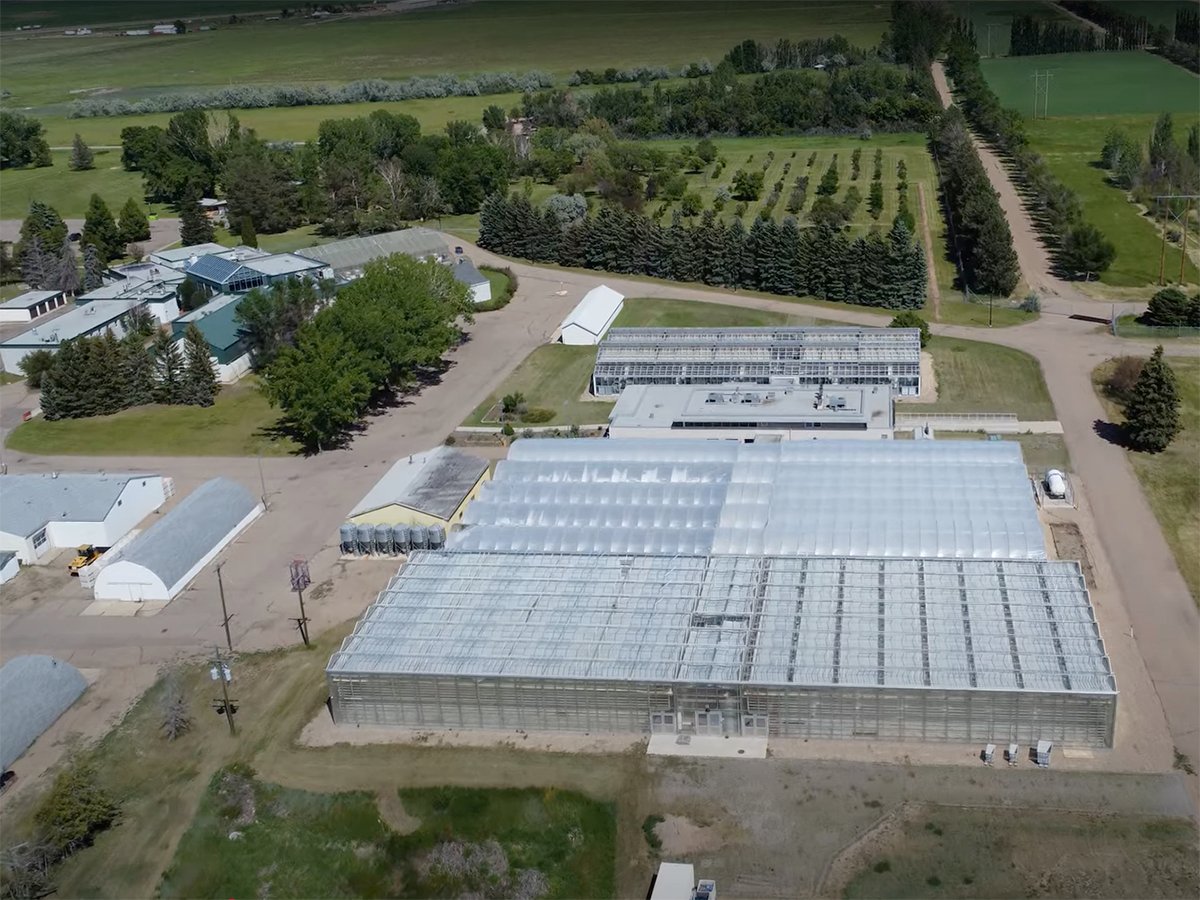A large appetite for wheat is among the things producers can expect from a new ethanol plant planned for Manitoba.
Husky Energy last week revealed plans to build a $145 million ethanol plant at Minnedosa that will devour 1,000 tonnes of wheat per day. Ethanol production could begin there as early as the summer of 2007.
“It’s a very exciting opportunity,” said Manitoba Agriculture minister Rosann Wowchuk. “I’m very pleased that the company is moving ahead because it does give us new opportunities.”
Besides adding demand for locally grown grain, Wowchuk said the new ethanol venture also might serve as a catalyst for feedlot development in the area. A byproduct of the venture will be 365 tonnes per day of distillers dried grain to be sold to local and export markets.
Read Also

Alberta crop diversification centres receive funding
$5.2 million of provincial funding pumped into crop diversity research centres
For Husky Energy, the decision to build the new plant at Minnedosa was straightforward. The company already has ties to the community through its existing smaller ethanol plant.
“We have a very good relationship with the community,” said Dennis Floate, a spokesperson for Husky Energy. “We have very good relationships with local producers and we already have a skilled workforce.”
A commitment of funding from the federal government’s ethanol expansion program and the province’s plans to mandate an ethanol blend in gasoline helped spur the decision to go ahead.
The existing plant at Minnedosa produces 10 million litres of ethanol per year. The new plant will produce 130 million litres, which will be in the range of what the provincial NDP government wanted before mandating the blending of ethanol in fuel.
Two years ago, the province announced legislation that would allow it to require 85 percent of gasoline sold in the province to be blended with 10 percent ethanol by September 2005. However, the province could not implement that mandate until it had the estimated 140 million litres in ethanol production needed to meet the resulting demand.
“For the province as a whole this will allow us to meet our commitment to do an ethanol blend because we will now have the production right here in the province,” Wowchuk said.
Canada prairie spring red and white, winter wheat and durum will be among the grains sought as feedstock for the new plant, said Floate. Husky will also consider hard red spring wheat. The grain will be bought directly from farmers and through grain companies.
“The old plant (at Minnedosa) will be in operation while the new plant is being built,” Floate said. “At the time the new plant is commissioned, we’ll review the status of the existing plant.”
Husky Energy is also building a similar-sized ethanol plant at Lloyminster, Sask. That project is expected to be operational next year, consuming 12.9 million bushels of grain annually.
“We plan to be Western Canada’s largest ethanol producer,” said Floate, noting that construction of the plants at Lloydminster and Minnedosa does not mark the end of the company’s ambitions for ethanol production.
Most of the ethanol produced at the new plant in Minnedosa will be for consumption in Manitoba, he said, but there will be opportunities to export.
Wowchuk said there are other parties interested in building ethanol plants in Manitoba. Meanwhile, in the provincial throne speech last week, the province indicated it also wants to see increased biodiesel production through the establishment of smaller community-based biofuel production facilities.














